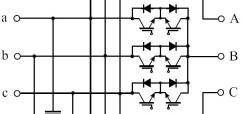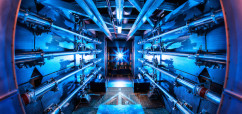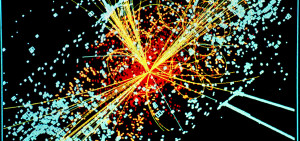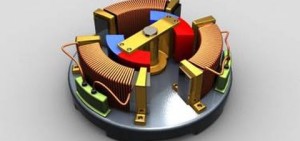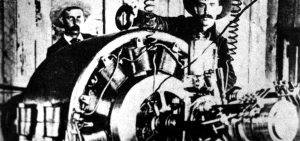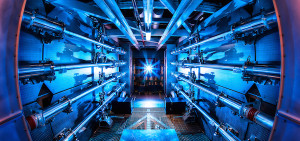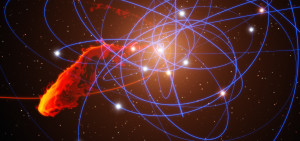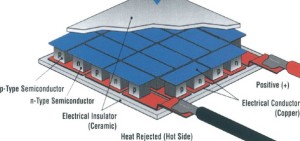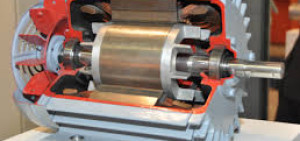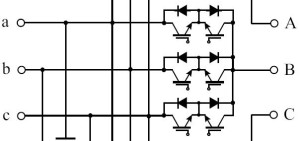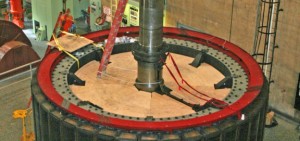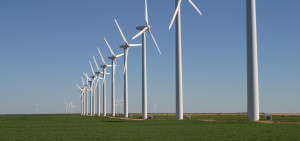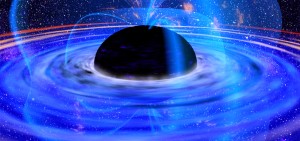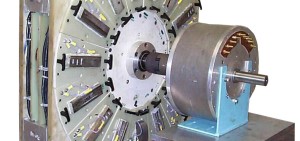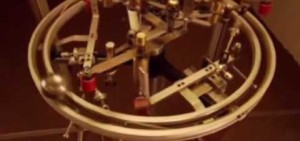Recent tests by the National Aeronautics and Space Administration (NASA) suggest that the possibility of zero-point energy is not only possible but has already been achieved on a low level.
The Cannae Drive
The Cannae Drive is a thruster that does not use any propellant from which to derive its every form. The technology was tested by NASA in 20913 and has been proven to work despite contradictions to modern scientific theory and principles.
Limited to Outer Space
Unfortunately, at this point, the science and technology of zero-point energy have only been able to be achieved in the near-vacuum of space. The key is that space is not a complete vacuum, and conventional science admits that there is the energy between the spaces in the atomic structure of matter. What has not yet been discovered is how to extract that energy in a controlled manner.
There have been other controlled experiments with zero-point energy in China and the United Kingdom that report positive results. What needs to be asked is why there is no more collaborative and sustained effort by government and major corporations to push forward and make this new science a reality.
The Arrogance Factor
While today’s youth can take the position that we know just about everything there is to know, scientists know better. The adherence to conventional science and general refusal to look at these early yet proven research results does nothing more than holds back hope for a better world. The argument that there is money or power involved is weaker than simple arrogance on the naysayers’ part.
Zero-point energy at one point was the hope of the future. From a global perspective, we are at a point that theory can become a reality; the powers that be look the other way as if there is nothing to see. Like hydrogen fuel cells, the truth will eventually surface, and the technology will be a world changer.
